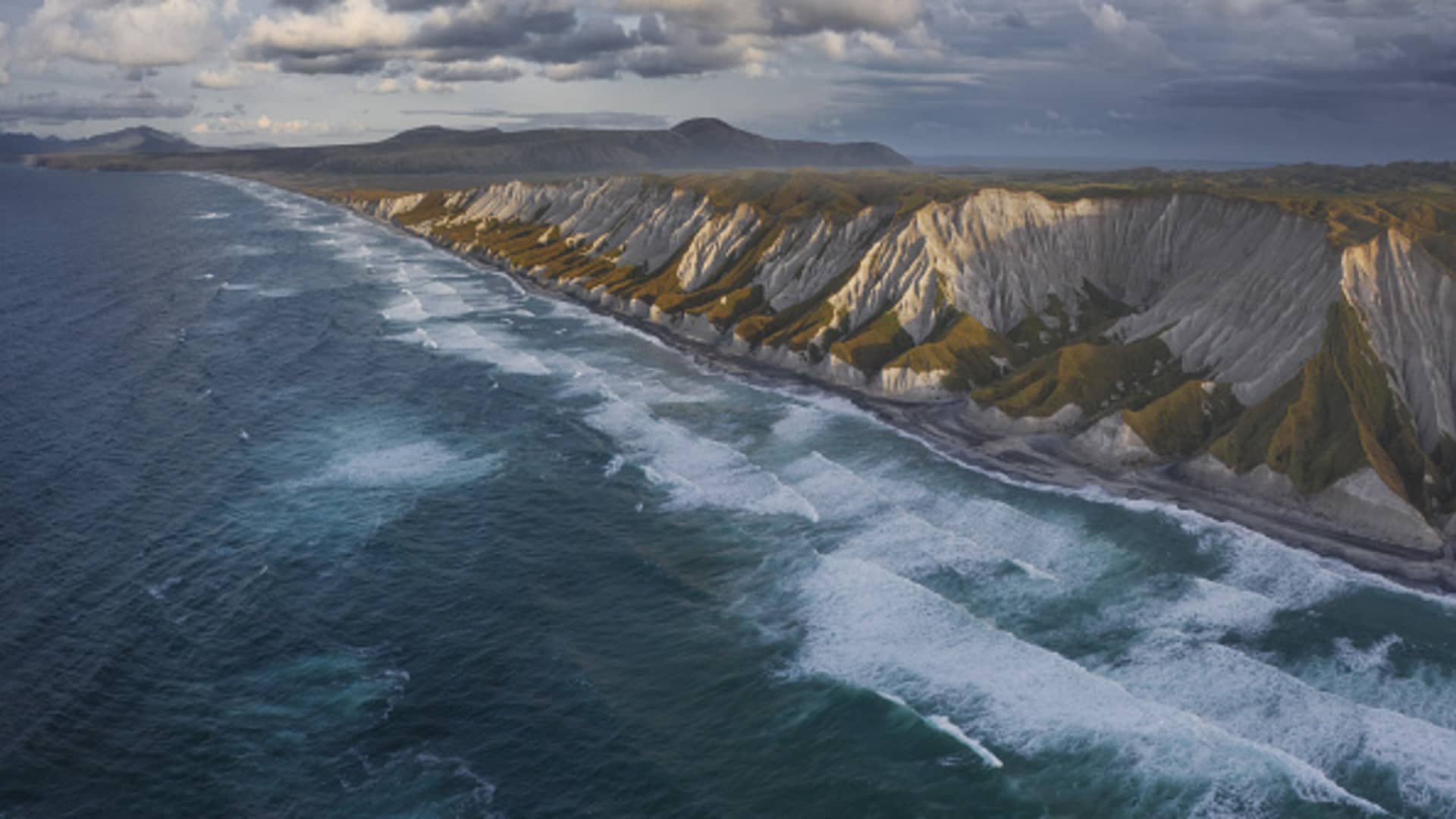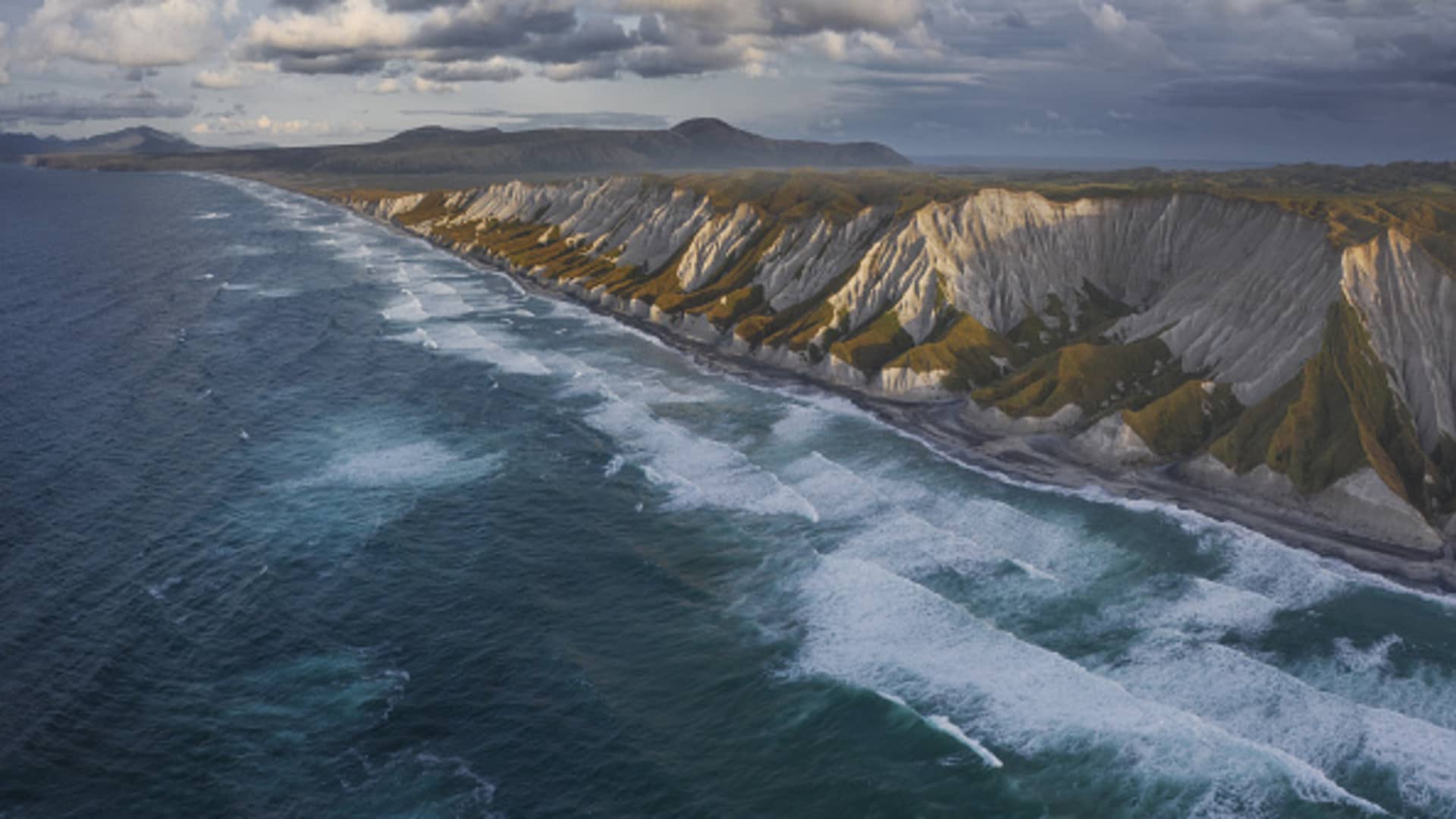Kamchatka Trembles: Analyzing the Recent Earthquake Events
A Region Under Seismic Stress
The Kamchatka Peninsula, a remote and rugged stretch of land in Russia’s Far East, has recently found itself at the center of global seismic attention. This sparsely populated region, known for its dramatic landscapes and active volcanoes, has experienced a series of significant earthquakes that have sent shockwaves across the Pacific. These events, while not unprecedented, serve as stark reminders of the region’s tectonic volatility and the ever-present threat of natural disasters in this part of the world.
The recent seismic activity has raised important questions about preparedness, early warning systems, and the potential for widespread damage. As scientists and officials continue to monitor the situation, it’s crucial to understand the factors contributing to these earthquakes and their potential consequences.
The Wednesday Earthquake: A Magnitude 8 Jolt
On a seemingly ordinary Wednesday, the tranquility of the Kamchatka Peninsula was shattered by a powerful earthquake that struck off its coast. Initial reports varied slightly in their assessments, but most sources converged on a magnitude of 8.6 for this significant seismic event. The United States Geological Survey (USGS) reported that the earthquake’s hypocenter was relatively shallow, at a depth of 19.3 kilometers (approximately 12 miles). Shallow earthquakes are often more destructive due to their proximity to the Earth’s surface, making them particularly dangerous for nearby populations.
The sheer power of this earthquake triggered immediate tsunami warnings across the Pacific region. The Japan Meteorological Agency issued a tsunami advisory for Japan, while the U.S. Tsunami Warning Center also issued warnings. Local officials in Kamchatka urged residents to move away from the coastline, with reports indicating that a tsunami with a height of 3-4 meters (10-13 feet) was recorded in some areas. The Kamchatka Governor described the earthquake as the “strongest in decades” for the region, underscoring the severity of the event.
Earlier Seismic Activity: A Prelude to the Main Event?
Before the magnitude 8.6 earthquake, the Kamchatka Peninsula had already experienced a series of seismic events that hinted at the region’s underlying instability. One week prior to the main event, reports indicated a magnitude 7.4 earthquake struck near Petropavlovsk-Kamchatsky, Russia. This quake, along with others in the series, prompted brief tsunami alerts in Russia and Hawaii.
The USGS reported that the 7.4 magnitude quake struck at a depth of 20 kilometers. Following this, the Pacific Tsunami Warning Center issued a warning that hazardous tsunami waves were possible within 300 kilometers (186 miles) of the epicenter. These earlier events, while less powerful than the subsequent magnitude 8.6 earthquake, served as a reminder of the region’s constant seismic activity and the need for vigilance.
Tectonic Setting: Understanding the “Why” Behind the Shakes
To fully grasp the significance of the recent earthquakes in Kamchatka, it’s essential to understand the region’s tectonic setting. The Kamchatka Peninsula is located in a highly seismically active zone, a consequence of its position along the Pacific Ring of Fire. This horseshoe-shaped belt around the Pacific Ocean is characterized by a high concentration of volcanoes and earthquake epicenters, making it one of the most geologically dynamic regions on Earth.
The region’s intense seismic activity is primarily due to the subduction of the Pacific Plate beneath the Okhotsk Plate. Subduction zones are areas where one tectonic plate slides beneath another, generating immense pressure and friction. This process leads to frequent earthquakes, as the built-up stress is periodically released in the form of seismic events. The shallow depth of many earthquakes in the Kamchatka region, combined with the magnitude of some of these events, makes the area particularly prone to tsunami generation.
Impact and Response: Evacuations and Damage
In the immediate aftermath of the Wednesday earthquake, the focus shifted to issuing tsunami warnings and conducting evacuations. Local authorities in Kamchatka urged residents to move away from coastal areas, and evacuations were carried out in some regions. While initial reports indicated some damage, the full extent of the impact remains to be assessed.
The speed and effectiveness of the tsunami warning systems played a crucial role in mitigating potential damage and loss of life. Japan’s prompt issuance of a tsunami advisory, along with warnings from the U.S. Tsunami Warning Center, allowed for timely responses in vulnerable areas. These systems, honed over years of experience and technological advancement, demonstrate the importance of preparedness in regions prone to seismic activity.
Tsunami Threats: A Pacific-Wide Concern
Tsunamis generated by earthquakes can travel across entire ocean basins, posing a threat to distant coastal communities. The recent earthquakes off the Kamchatka Peninsula raised concerns about potential tsunami impacts across the Pacific. While the immediate threat has subsided, the events serve as a reminder of the destructive power of tsunamis and the importance of maintaining robust warning systems.
The Pacific Tsunami Warning Center, along with other international agencies, plays a vital role in monitoring seismic activity and issuing timely warnings. These systems rely on a network of sensors and communication channels to alert populations at risk, providing critical minutes or even hours for evacuation and preparation. The recent events in Kamchatka highlight the need for continued investment in these systems to ensure their effectiveness and reliability.
Conclusion: A Region Prone to Seismic Activity
The recent earthquakes off the Kamchatka Peninsula underscore the region’s vulnerability to seismic activity. While the immediate tsunami threat has passed, the events emphasize the need for continued monitoring, preparedness, and investment in early warning systems to protect vulnerable coastal communities. The Kamchatka Peninsula’s location along the Pacific Ring of Fire ensures that it will remain a region prone to future earthquakes, making proactive measures essential for mitigating future risks.
As scientists and officials continue to study the recent events, it’s clear that the lessons learned will be invaluable in preparing for future seismic activity. The resilience of the communities in Kamchatka, coupled with the advancements in monitoring and warning systems, will be crucial in minimizing the impact of future earthquakes and tsunamis. In a region where the Earth’s tectonic forces are constantly at play, vigilance and preparedness are not just recommendations—they are necessities.












